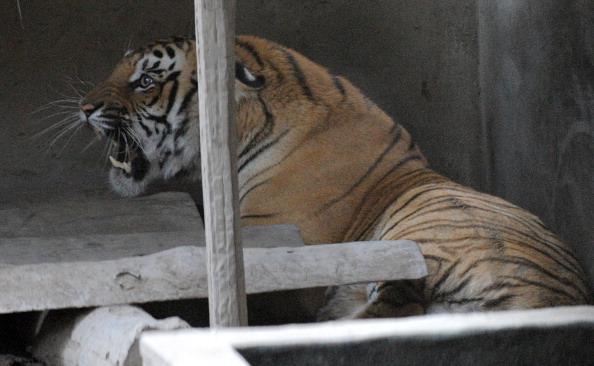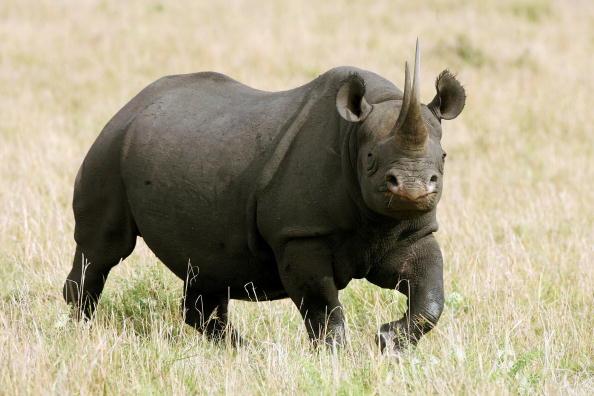India is one of last remaining abodes of the majestic Royal Bengal Tiger. Only 1706 of this big cat survive in India which means there is just one tiger for every 7, 62,016 people. However, the growing human population has also increased the constant encounters of the wild predator and humans giving rise to frequent reports of attacks and injuries. Determined to put a stop to this conflict and as a huge step towards tiger conservation, a £1m (approx. Rs. 10 crores) project backed by Sir David Attenborough has been launched this month to relocate an Indian village, thereby giving a human-free corridor and creating an unfragmented habitat for the wild tiger.
The struggle for space
More than 100 tigers currently inhabit the Corbett tiger reserve in Uttarakhand, India which makes about 8% of the tiger population in India. Additionaly, the tiger population in Corbett Reserve has increased in recent years, which means that their demand for territory has increased and is creating more conflict with the villagers residing nearby.
The spat of human deaths due to tiger attacks has increased in recent times, with more than 50% of the instances involving women, who get killed by the tigers when they are out in the forest collecting firewood or curry leaves for consumption. Attack on livestock is a problem too that is increasing the conflict.
Take for example the Chilkiya-kota corridor of the reserve.
In a span of 4 years, 7 people have been killed by tigers in the Chilkiya-Kota corridor which divides the Corbett tiger reserve from the Ramnagar forest in Uttarakhand state of North India. The corridor is an ancient strip of land which is used by wildlife to traverse between forests. But people are living so close to this corridor that wild animal encounter or attack is bound to occur.
Resolving Conflicts
As a peaceful solution to the growing tension in these tiger inhabitated parts, conservationists have now planned to buy this corridor and relocate an entire village. This will give animals more space, an undivided habitat and will reduce conflict with local villagers. Conservationists predict that this move will also create one of the densest populations of tigers in the world.
In the initial phase of the project, fifty families will be relocated from the Chilkiya-Kota corridor to an area, a few miles away. In the consequent phases, more families will be relocated. All of the families shifted will be provided with a new purpose-built home, sanitation facilities and school access for children.
Speaking about his huge contribution by funding the relocation and thereby safeguarding the future of tigers in India, David Attenborough, broadcaster and naturalist, said,
“Tigers are magnificent creatures. It would be a tragedy of truly monumental proportions if they were to be lost to the world. Not only that, it would be totally inexcusable on our part but if we don’t act fast to provide them with suitable territory to live in, they will disappear. We mustn’t let that happen.”
This article was originally written and published by Shilpi Gemawat, a contributing writer for indiasendangered.com. For the original article and more information, please click HERE.




